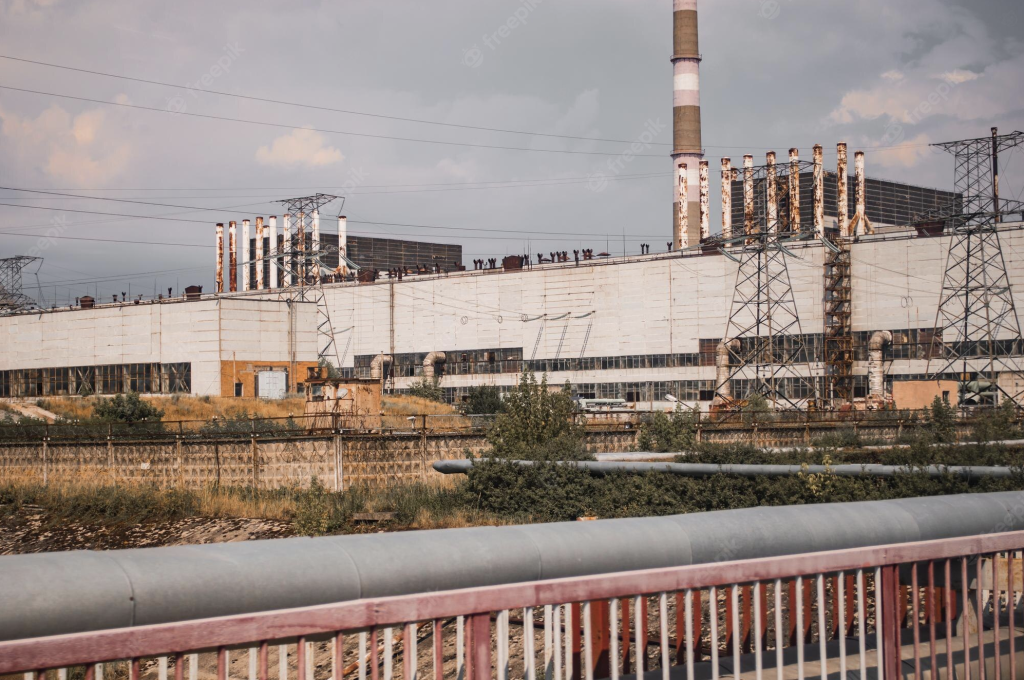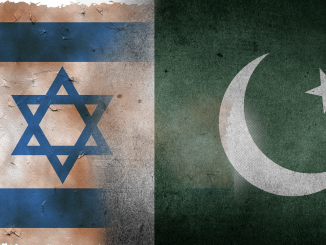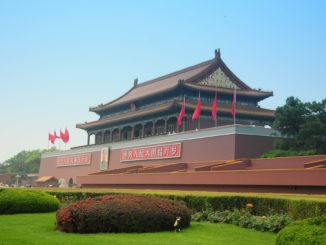
There was a flashback to moments of the Cold War when the Russian President Vladimir Putin ordered the Russian military to put its deterrent forces on special alert, amidst provocative statements from the West in the ongoing conflict with Ukraine. Similar signals were given out during the Cuban Missile Crisis in 1962. In case of the latter, it had been triggered by the stationing of Soviet nuclear missiles in Cuba, resulting in the imposition of a naval blockade by the US to prevent the USSR from shipping in more. Fast forward to Ukraine in 2022, Putin’s orders were widely interpreted as Russia’s signaling of the threat of nuclear weapons use if Russian sovereignty was threatened. The nuclear deterrent forces were stationed on a special regime of combat duty. It was reported that duty changes of the control points of the Russian Strategic Missile Forces, its Northern and Pacific Fleets and the command of Long-Range Aviation carried out combat duty with a reinforced composition.
Russian Strategic Nuclear Forces (SNF) consist of Strategic Missile Forces that include dual-use forces and units of strategic and long-range bombers, submarines, surface ships and naval missile-carrying aircraft of the Russian Navy with conventional high-precision long-range weapons. The Strategic Defence Forces consists of combat-ready forces and means of the Aerospace Defense Forces, including a missile attack warning system, a space control system, missile defense and anti-space defense, and air defense. In addition to this, Russia also stationed its anti-air missiles and other advanced missile systems in Belarus, and positioned its naval fleet in the Black Sea as an effort to prevent a western intervention in Ukraine.
The document entitled ‘Basic Principles of State Policy of the Russian Federation on Nuclear Deterrence’ states that Russia implements nuclear deterrence only “with regards to individual states and military coalitions (alliances/blocs) that consider the Russian Federation as a potential adversary and that possess nuclear weapons and/or other types of weapons of mass destruction, or significant combat potential of general purpose forces”. In addition to this, the Russian policy in the field of nuclear deterrence is intended to be defensive in nature, aimed at “maintaining the potential of nuclear forces at a level sufficient to ensure and guarantee the protection of the sovereignty and territorial integrity of the state”, deterring a potential adversary from “aggression against the Russian Federation and/or its allies”, and in the event of a military conflict, “preventing the escalation of hostilities and their cessation on acceptable grounds for the Russian Federation and/or its allies’ conditions”.
In light of these arguments, President Putin’s nuclear signaling over Ukraine, designed to deter the US and its allies from further intervention in the conflict and the coercive economic measures that Russia might see as an existential threat, has been successful in achieving his political objectives. Not only that, but has been in line with its deterrence and nuclear policy. The ambiguity of Russian intent of using the nuclear weapon has been surprising and confusing for NATO. The nuclear dimension of the Ukraine crisis has been corroborated by NATO’s restrained response to Russia’s nuclear messages and the fact that it has avoided engaging in tit-for-tat nuclear messaging. One of the examples is NATO’s refusal to impose a no-fly zone over Ukraine, stressing that it would lead to an all-out war with a nuclear-armed Russia.
Tracking the past and present scenarios, Ukraine’s government which seeks to join NATO and the EU, adds to Moscow’s apprehensions that the alliance will deploy missiles there and use them to target Russia. President Putin ordered his troops to be put on high alert and has been giving bold statements, to keep the nuclear deterrence continuous during the peacetime, in the face of a threat or an aggression. It affirms the Russian policy to hold the right of using nuclear weapons to end any conventional aggression. It also seems to make use of Thomas Schelling’s concept of “competition in risk taking” that aims at achieving political goals not by tests of force but by tests of nerves. In such a scenario, the decisions are not made by people who can actually bring the most force to bear, but by who is willing to do so while signaling that more will be forthcoming.
The doctrine of Mutually Assured Destruction (MAD) has helped avoid nuclear exchanges between US and Russia, even during the tenuous moments of the Cold War. It is also possible that Russia’s nuclear signaling is aimed at strengthening its psychological and political position vis-à-vis the West during the crisis. It can be an indicator for the West, particularly NATO, as to how high Russia sees the stakes in Ukraine, as well as the former’s resolve to deter its aggressor and end the crisis on its own terms.
Sixty years have elapsed since the Cuban missile crisis of 1962 and in its image, the Ukraine-Russia conflict has turned into a major geopolitical crisis. History is being repeated in the Eurasian region. Ukraine is now Moscow’s most pressing and important concern. There is an apparent urgency in Russia to prevent further arms’ deliveries to Ukraine before strategically significant weapons are employed that can change the dynamics of the crisis and tip it in the West’s favour. This urgency is observable from how President Putin implemented Russia’s deterrence policy in the Ukraine conflict to establish its strategic edge.
![]()




Be the first to comment